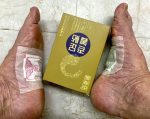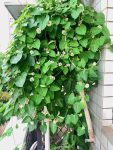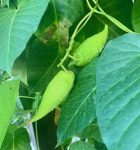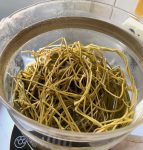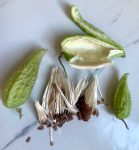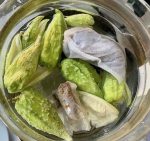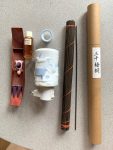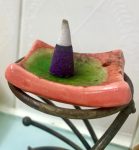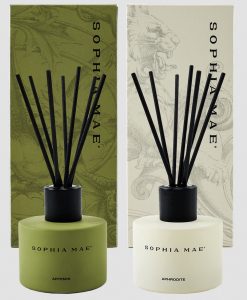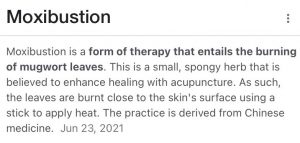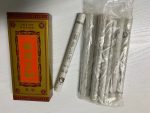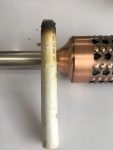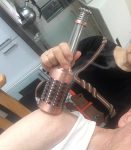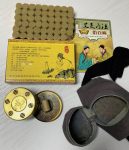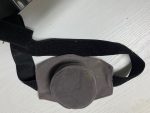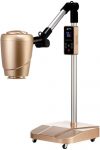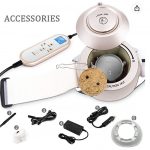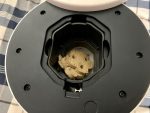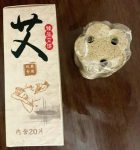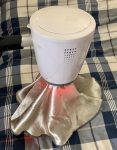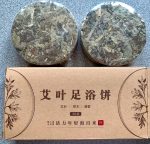Foot pads
In TCM explained 4. a focus on foot pads and brewing TCM special teas.
From a Chinese friend I received many boxes with foot pads and I do use sometimes, see pics.
I see many advertisements on media claiming foot pads can make you lose weight, remove toxins, and more. See one example on Amazon.
Do Detox Foot Pads Work?
The theory behind the pads is that when placed on the bottom of the feet, they absorb toxins, heavy metals, metabolic wastes, parasites, and even cellulite from your body as you sleep. By morning, the once white foot pads would appear darkened, which would supposedly signify that the pads had leached toxins from your body overnight.
Some companies selling the detox foot pads even claim these pads could treat a host of medical problems, including high blood pressure. They claim the pads could make your headaches, depression, and insomnia go away, and that they could even help you lose weight.
However there is no scientific data showing that detox foot masks have any true effect on the body.
So, detox foot pads are just a hoax.
And also explained in USA TODAY:
“Cleansing foot pads do not remove toxins from your body, experts say – the foot is not a detoxifying organ.”
My teas
I weekly brew some teas, here one example. Ingredients: He Shou Wu, Luomozi (the fruits or the twigs) and pine needles.
- he shou wu powder
- he shou wu powder
- the vine
- flowers of the vine
- fruits of the vine
- fruits collected
- tea of the vine twigs
- TCM tea – luomozi
- he shou wu – pine needles
- TCM tea
What is Luomozi?
Metaplexis japonica, commonly known as rough potato, is a twining vine. Pale purple to white, star-shaped, 5-petaled flowers bloom from late June to August. Flowers are followed by elliptic seed pods which split open vertically when ripe to release numerous silky-haired seeds (reminiscent of milkweed) which are easily carried by wind to other locations.
The vine grows with unbelievable speed… as every year on my balcony. See the pics.
Parts used for medical purpose: whole plant, roots, fruits.
Earlier I brewed only the twigs, as pictured. This tea uses the fruits.
He Shou Wu (Fo-Ti) is the prepared tuberous root of Polygonum multiflorum, a plant that grows in the mountains of central and southern China.
It is a herbal remedy used to promote healthy aging and treat conditions like heart disease, diabetes, and cancer.
The plant sterols in it are called a “miracle cure” for prostate problems. It appears to absorb DHT at a rate no other plant sterol can compare with.
The top toxin is DHT or dihydrotestosterone. DHT is also known as androstanolone or stanolone, an endogenous androgen sex steroid and hormone. DHT plays a beneficial role in the developing prostate but it can be detrimental in the adult prostate in that it causes pathologic prostate growth.
Benign prostatic hyperplasia is a condition in which the prostate grows and pushes against the urethra and the bladder blocking the flow of urine.
Before I used it in powder, now the roots directly.
Pine needle tea has a pleasant taste and smell. It is rich in vitamin C (5 times the concentration of vitamin C found in lemons) and can bring relief to conditions such as heart disease, varicose veins, skin complaints and fatigue.
How to brew? I use an electric water heater that has several operation settings, One is to brew TCM teas, taking several hours. Once done, I take out the herbs and keep the tea in several small bottles, in the fridge.
